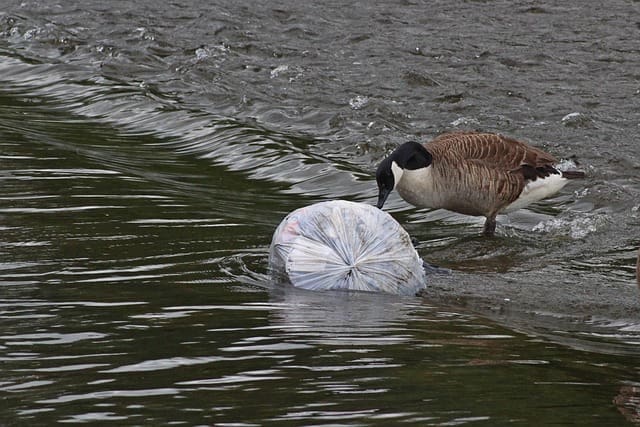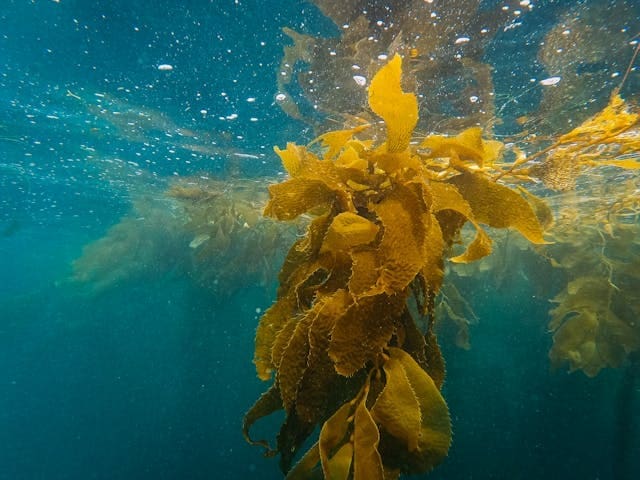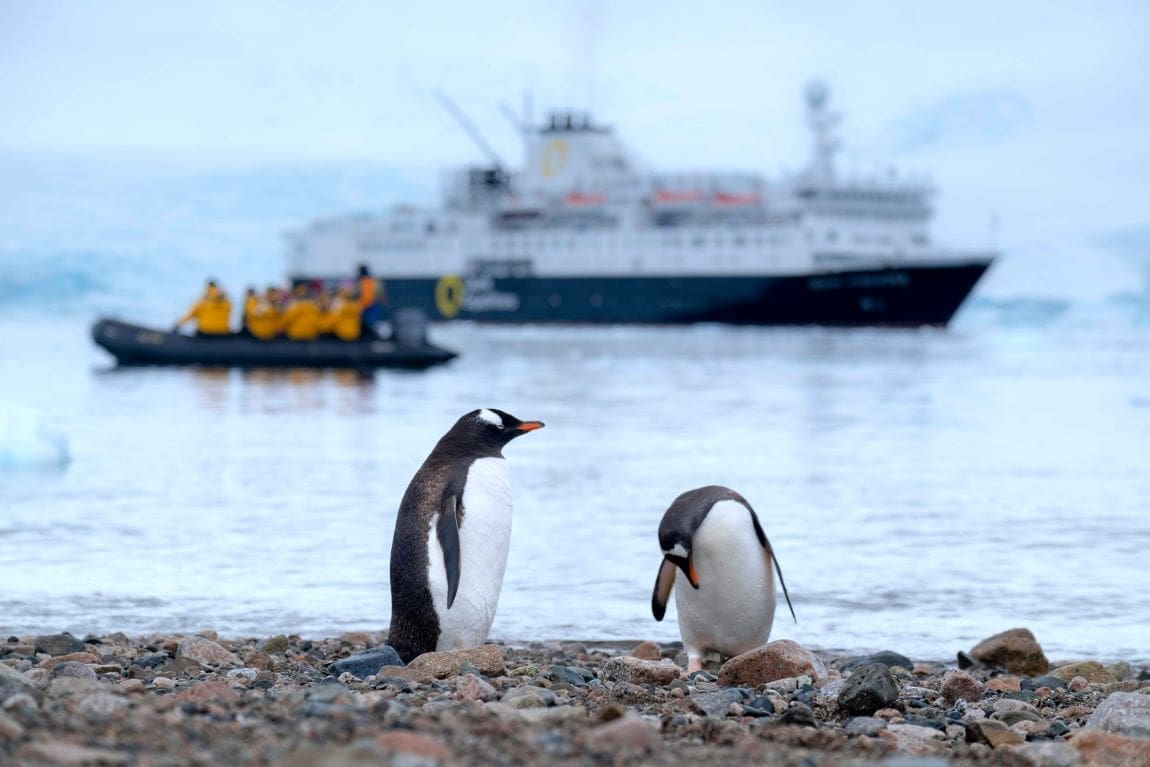New research highlights the vulnerability of Antarctica’s unique ecosystems to invasive species arriving on floating debris from Southern Hemisphere landmasses. This finding challenges previous assumptions about the origins and reach of non-native marine species in Antarctic waters.
Floating Debris: A New Vector for Invasive Species
A study published in Global Change Biology reveals that Antarctica’s remote and pristine ecosystems are under threat from non-native species hitching rides on floating objects, such as plastic, driftwood, and kelp. Researchers from UNSW Sydney, ANU, University of Otago, and the University of South Florida discovered that these species could reach Antarctica from more sources than previously thought.
Dr. Hannah Dawson, the study’s lead author, explains that the growing presence of plastics and other human-made debris in the ocean increases the likelihood of species reaching Antarctic shores.

“We knew that kelp could raft to Antarctica from sub-Antarctic islands, such as Macquarie and Kerguelen Islands, but our study suggests that floating objects can reach Antarctica from much further north, including South America, New Zealand, Australia, and South Africa,” Dr. Dawson notes.

Potential Ecological Impact
Southern bull kelp and giant kelp are of particular concern. These massive marine plants, often over 10 meters long, create forest-like habitats for a variety of small marine animals. If they establish themselves in Antarctica, they could dramatically alter the local ecosystems. Co-author Professor Crid Fraser from the University of Otago warns that the arrival of such species could deal a “double whammy blow” to Antarctica’s marine life.
Oceanographic Modeling Insights
The research team used oceanographic modeling to simulate the movement of floating debris toward Antarctica from 1997 to 2015. The simulations revealed that rafting objects reached the Antarctic coastline in every year of the study period. The frequency and pathways of these dispersals provide valuable insights into how non-native species might reach the continent.
Dr. Dawson likens the process to the game ‘Poohsticks,’ where sticks are dropped into a river to see where they end up. Similarly, millions of virtual particles, representing drift objects, were released in the simulations, tracking their journeys across 19 years of ocean currents and waves.
“The shortest time it took for particles to reach the Antarctic coastline was from Macquarie Island, south of New Zealand, some of which arrived in just under 9 months. On average, the longest journey was for objects released from South America,” said Dr. Dawson.
Warming Waters and Decreasing Sea Ice
The study also identifies the Antarctic Peninsula as the region most at risk. This area, with its relatively warm ocean temperatures and ice-free conditions, is particularly susceptible to the arrival and establishment of non-native species.
“Most of these rafting objects arrive at the tip of the Antarctic Peninsula, a region with relatively warm ocean temperatures and often ice-free conditions. These factors make it a likely area for non-native species to first establish,” says UNSW Scientia Professor Matthew England, who is also a co-author.
The recent dramatic decrease in Antarctic sea ice exacerbates this concern. Sea ice has traditionally acted as a barrier, preventing many species from establishing themselves around the continent. However, with the ongoing decline in sea ice, the likelihood of successful colonization by invasive species increases.
Dr Dawson concludes: “If the recent decline in Antarctic sea ice continues, then living things floating at the surface, or attached to floating objects, could have an easier time colonising the continent, which may have big impacts on ecosystems.”
As the Antarctic environment becomes increasingly vulnerable to these ecological threats, ongoing research and monitoring are essential. Understanding the pathways and impacts of these floating invaders is critical to developing strategies to protect one of Earth’s last untouched wildernesses.
Journal Reference:
Hannah R. S. Dawson, Matthew H. England, Adele K. Morrison, Veronica Tamsitt, Ceridwen I. Fraser, ‘Floating debris and organisms can raft to Antarctic coasts from all major Southern Hemisphere landmasses’, Global Change Biology (2024). DOI: 10.1111/gcb.17467
Article Source:
Press Release/Material by UNSW Sydney
Featured image credit: Derek Oyen | Unsplash




